March 6: The Solar Physicist
This afternoon Luke and I have been working with New York’s Y5 children. We’ve used spectroscopes to look at the light from the sun, and explored ultraviolet (UV) and infrared (IR). If you’d like to find out more about our Sun and solar physics take a look out our page here.
Here are some IR pictures we took during the sessions.

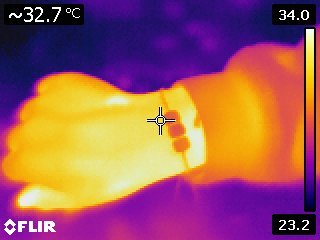
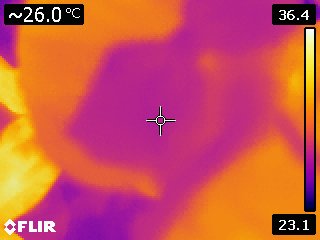



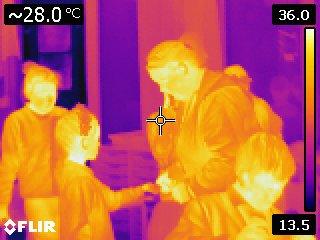
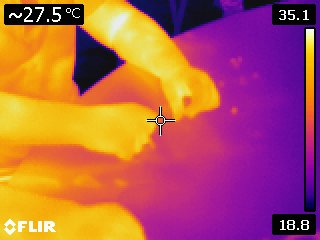
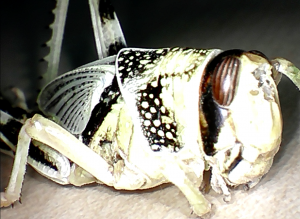 This morning Luke and I were at Rainbird Primary school. We’ve explored
This morning Luke and I were at Rainbird Primary school. We’ve explored 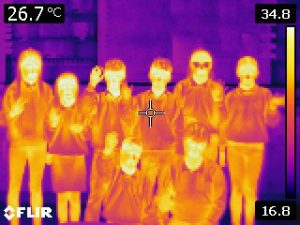
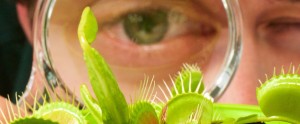 Today we’ve been busy at Ivy Road Primary School
Today we’ve been busy at Ivy Road Primary School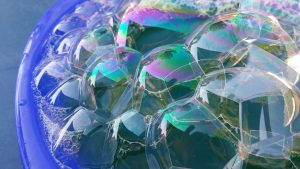 in today blowing soap bubbles of all sizes with reception. All sizes, but not all shapes – and maybe you can describe why that’s the case?
in today blowing soap bubbles of all sizes with reception. All sizes, but not all shapes – and maybe you can describe why that’s the case?